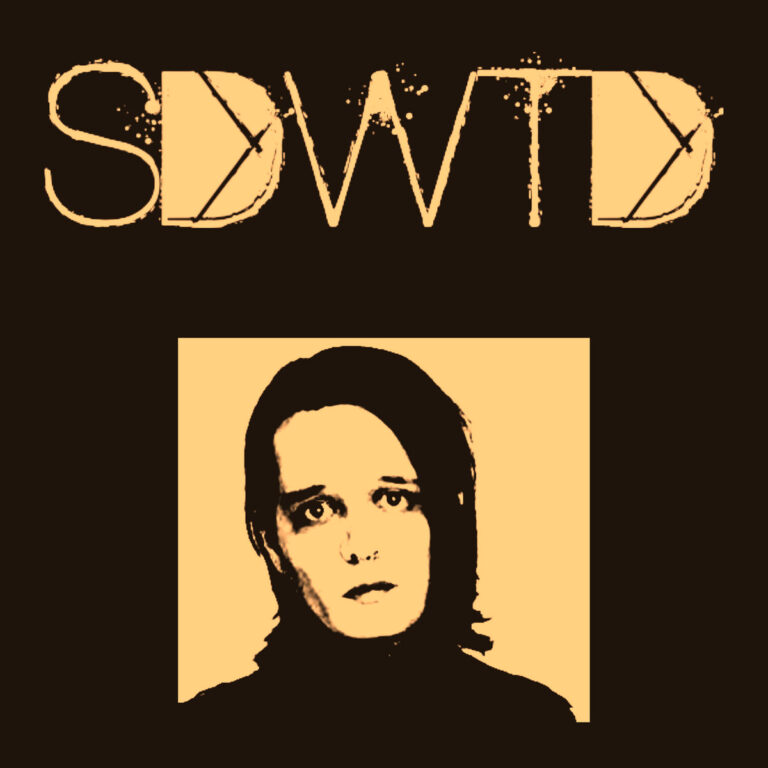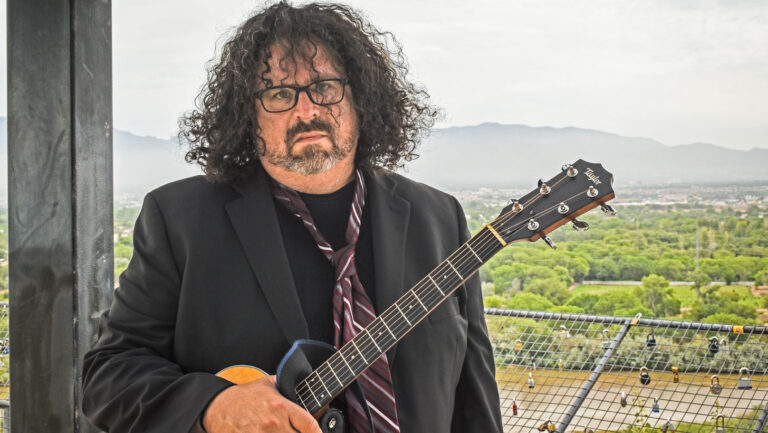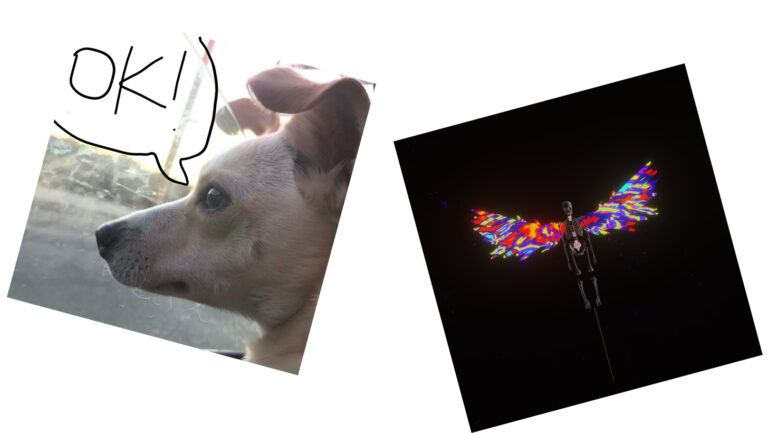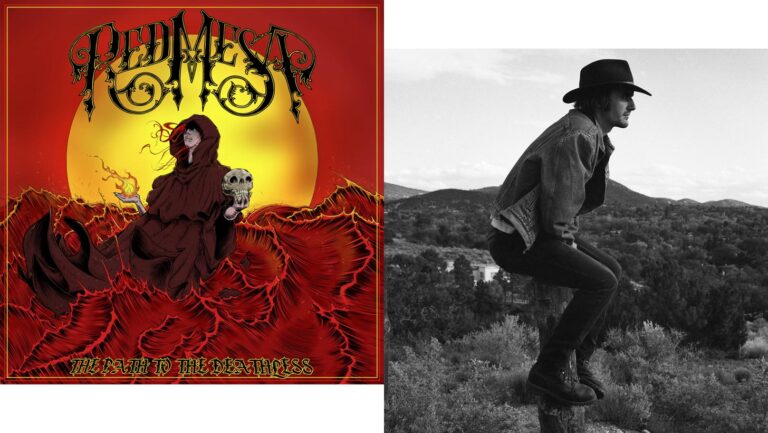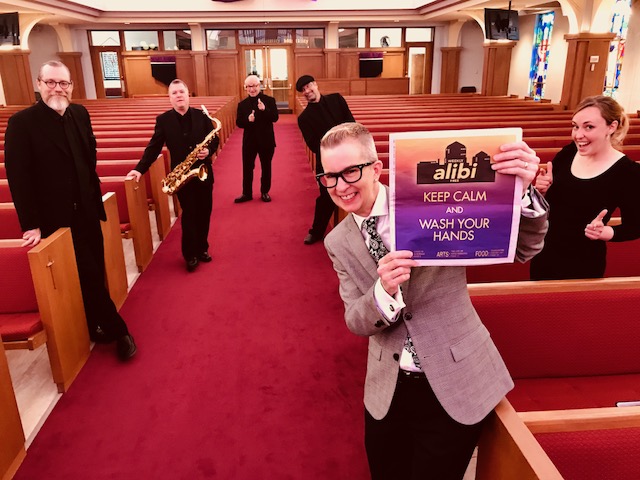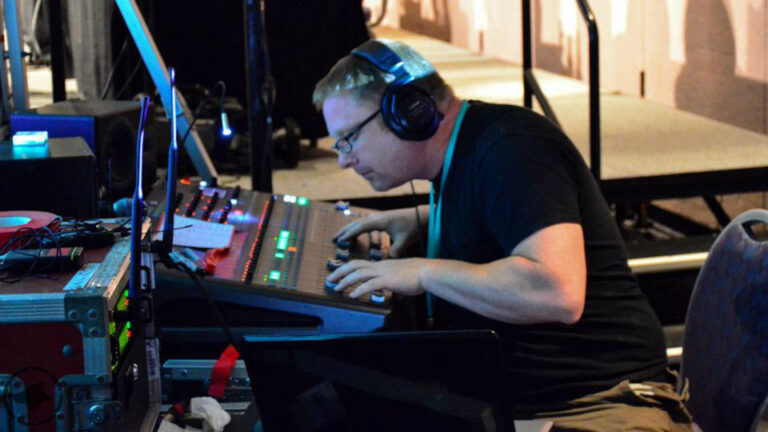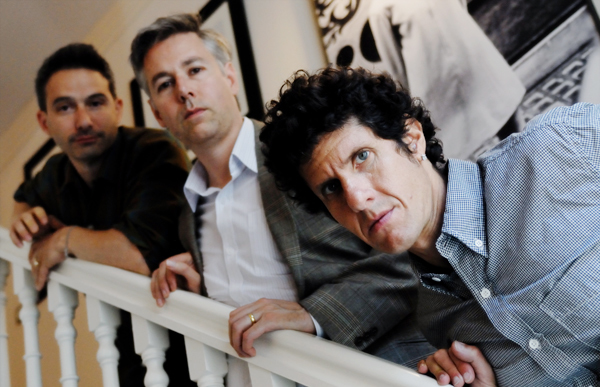When she was busy mastering American jazz on her tenor saxophone, Anat Cohen gave little thought to the clarinet collecting dust in her closet, or to other genres of music. But she now moves effortlessly between both instruments and among a variety of musical styles.While she is an exciting saxophonist, it’s her voice on clarinet that’s winning the most effusive accolades and helping to bring the instrument into renewed prominence. It’s a voice compounded from a tireless curiosity and a sensibility that is by turns poetic and assertive. It’s also a voice that’s earning praise from the jazz press: In 2007, she was the Jazz Journalists Association’s Clarinetist of the Year and Up and Coming Musician of the Year, and Down Beat’s Rising Star Clarinetist.On Thursday, Cohen brings both horns to the Outpost, heading a quartet that includes guitarist Gilad Hekselman, bassist Joe Martin and drummer Daniel Friedman. Rediscovering the Clarinet Cohen began her clarinet studies at the age of 12 in her native Tel Aviv as one of three musical siblings, along with brothers Avishai (trumpet) and Yuval (saxophone). When she joined the Jaffa conservatory’s big band at 16, however, the leader invited her to leave the clarinet at home.“It’s an extremely difficult instrument,” says Cohen, explaining why the clarinet fell out of favor in the modern jazz age. “The music got more complex [than it had been] in the swing era and before—you know, more chromatic—technically it’s a challenging instrument. That’s part of the reason it was pushed aside.” The clarinet was further marginalized by its relative quiet and by difficulties in miking the instrument, she says.So Cohen focused on the tenor sax and American jazz. The clarinet collected dust until she matriculated at Berklee, where instructor Phil Wilson encouraged her to rediscover the instrument.Simultaneously, the multicultural atmosphere at Berklee introduced Cohen to music from around the world—Afro-Cuban, Ecuadorian, klezmer, Argentinean. Brazilian flutist Fernando Brandão was responsible for one of the more fateful introductions: Brazilian choro, a syncopated music that developed in the early 20 th century.Cohen was attracted “first, because I could play clarinet and it fit the style,” she says. “Also the way it feels. When I started to play with the more traditional instrumentation—with the Brazilian ukulele, the cavaquinho; with the hand drum, the pandeiro—the sounds of all those instruments really meshed together with the clarinet.”With the discovery of choro music, Cohen began to move seriously in the direction of the clarinet again, finding renewed inspiration in players such as Ken Peplowski and Paquito D’Rivera. New York, New Worlds After Berklee, Cohen headed to New York, where she keeps busy playing in a number of diverse groups, from the Choro Ensemble and New York Samba Jazz to Sherrie Maricle’s Diva Jazz Orchestra and David Ostwald’s Gully Low Jazz Band. She also plays contemporary jazz with her brothers in The Three Cohens, on whose excellent 2007 release, Braid (Anzic Records), she primarily plays sax.“People know I am interested in different styles,” she says. “The people I choose to play with are exactly the same. They’re people that really want to explore what the world has to offer. I choose to surround myself with musicians that care about other people, other cultures, and accept them, embrace them and make them part of what they do.”You can hear the influences at work on 2007’s Poetica (Anzic), where, for example, the Israeli song “Hofim” (“Beaches”) takes on a Brazilian coloration. On Braid, her composition “Tfila” (“Prayer”) opens with an Ellingtonian prelude before turning to a South American dance. The same influences are woven through 2007’s beautiful Noir (Anzic), but with a larger ensemble.Everywhere, the open-hearted but measured emotionality of her playing opens doors into songs’ hearts. On the clarinet, in particular, though, the sinuosity of her lines and a subtle, incantational urgency capture listeners’ hearts and summon the limelight.
The Anat Cohen Quartet appears at the Outpost Performance Space (210 Yale SE, 268-0044) on Thursday, March 6, at 7:30 p.m. Tickets are $22, $17 members and students.

